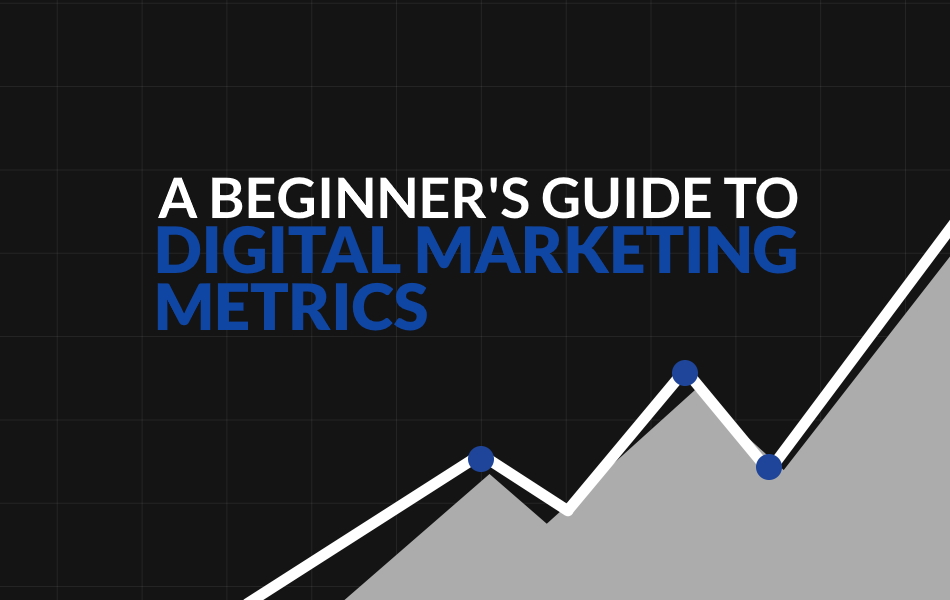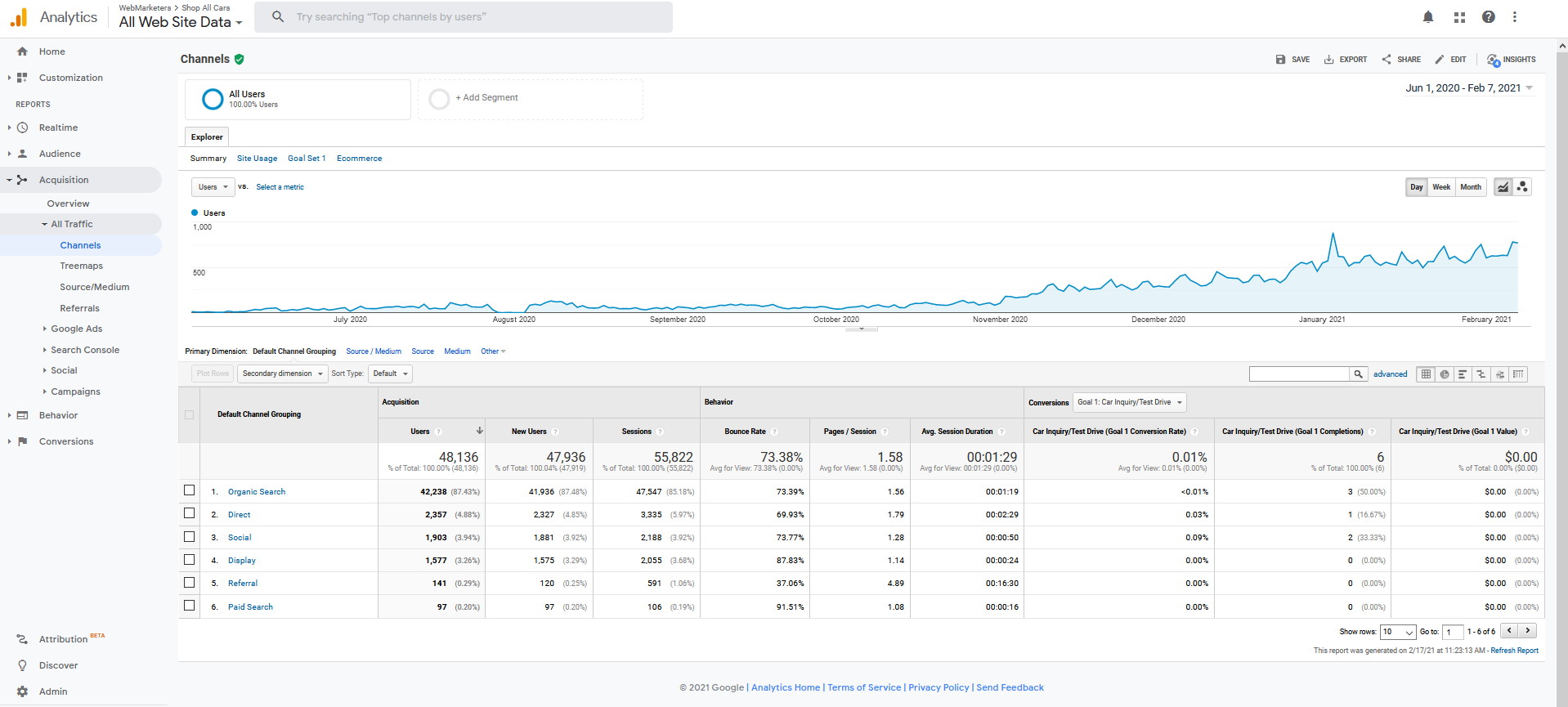
The online marketing world is intimidating, and it can seem difficult to keep a pulse on your digital strategy when you’re overwhelmed with data.
With 81% of shoppers performing research online before purchasing goods or services, understanding online buyer behaviour and how to position yourself is critical.
Filled with acronyms, metrics and stats – how do you know what is relevant to your business and what numbers will lead to more money in your pocket?
Every second, Google receives over 77,000 searches”.
That could translate into hundreds of potential opportunities per day for your business to appear in front of people looking for your products or services, so it’s critical to know where you stack up and what the data means.
It’s always good to trust the experts with the nitty-gritty data, but acquiring a knowledge of a few simple and key metrics will benefit you in your day-to-day operations.
Let’s break down the most important metrics in your marketing report, so you can analyze if your campaign is helping you achieve the goals you’ve set for the digital strategy and for your business.
Visit-related metrics & overall traffic

1. First visit metric (AKA: Source)
Your first visit metric shows you how people are finding your site and how engaged they are on this first visit. This critical metric will quickly show you if you are even getting traffic at all, and where improvements to your website can be made.
2. Bounce rate
Interesting tip about the bounce rate – you can largely ignore this metric. Adjusted bounce rate, however, is an engagement tracking metric that can help you understand the percentage of visitors on your site that only visit one page, and spend less than the target timeframe you specify, giving you insights into the effectiveness of your page and content.
3. Website traffic (AKA: Sessions or Users)
Since the fundamental goal is to drive traffic to your website, through whichever means necessary, you will want to stay on top of overall statistics about your website traffic. This includes where it is coming from geographically and by source.
Cost
Simply put: cost is how much money you are spending to acquire traffic to your website. There are more detailed metrics to stay in touch with, including your cost per click and conversions.

1. Cost per click (CPC)
Clicks can add up quickly, and the more competition there is for a search term, the higher your cost per click will be. Understand this metric to help you factor in the overall ROI on your digital strategy.
2. Conversion rate
Because you’ve completed goal setting for your website, you’ll understand that a conversion occurs when someone who is part of your campaign or strategy completes an action. Usually, a conversion is known as a lead. There is lots to be learned about conversion rates, read more here.
Rankings
Rankings refer to your website’s position within a search engine. When topics related to your business or your business name itself are typed into engines like Google, there will be a plethora of information that gets returned with the search.
As noted by MediaValet, “Only 0.78% of Google searchers will click on the second page.”
So, you’ll want to position yourself at the top or as close to the top of the list as you can.

Rank higher = get more clicks. Seeing where you stack up in the Google Search will also help you understand why you may be getting more or less business from certain industries.
For example, you might be the first or second website to appear when someone types one avenue of your business, and you may be lower in the ranks for other keywords.
Moving up even one rank can improve your click-through rates by up to 30%,
You can also monitor your competition through the rankings, so it’s a really good metric to keep a pulse on.
Where are people coming to your website from?
In tandem with rankings & overall traffic, you can learn more about how people are brought to your website.
Organic traffic: This refers to someone who has clicked your free link based on your ranking in the search engine. For example, if you are a dentist in Toronto, a dentist-seeker would type “Toronto dentist” and click your page from the organic search results.
Paid search: The top of Google search is reserved for those who pay – so you have a chance to always be the first name that searchers see. When you run a paid advertising campaign, your business will be placed in the Paid section at the top. When someone clicks your link from this section, it is noted as Paid Search traffic.
Referrals: If your business is featured on another website, and someone clicks the link from that site to yours, this counts as referral traffic.
Social: Whenever someone is brought to your website through a social media page, such as Facebook, Twitter or Instagram, you’ll see this as social traffic. More than half the world is now active on social media, so it’s a no-brainer that this tool should play into your strategy and help drive business.
Now that you’ve got some basic tools to get started, speak with our team to see how we can help turn your goals into sales. Let’s chat.



